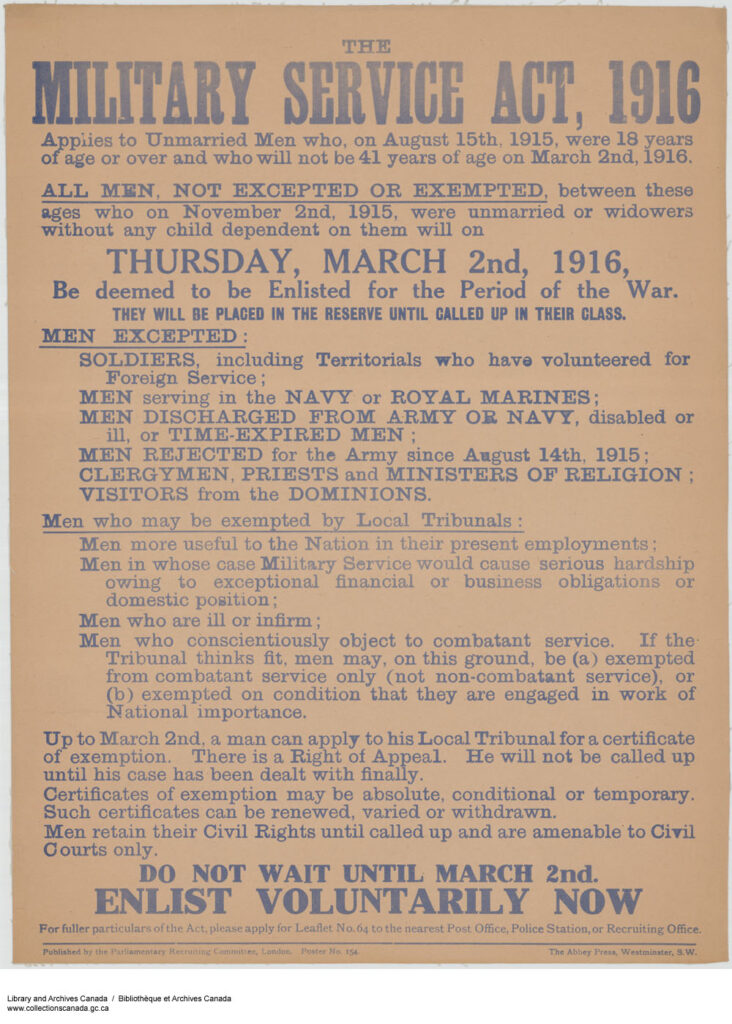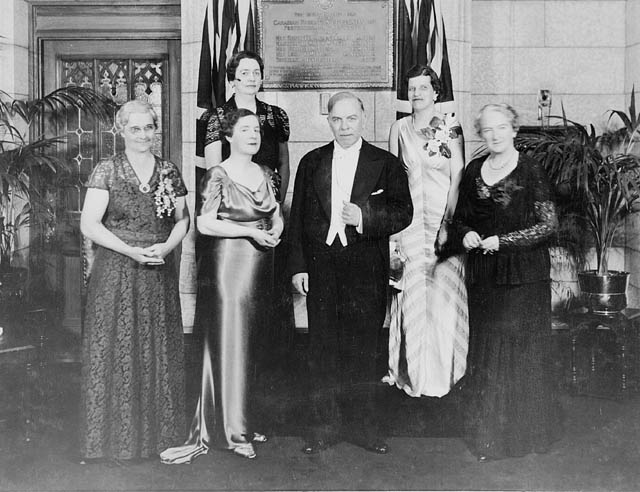A brief history of human rights activism in Canada, as well as the origins of the first human rights and civil liberties associations.
“Rights associations” first emerged in Canada during the mid-twentieth century. Unlike their more expansive social movement counterparts, such as the women’s movement, the rights movement is primarily state-oriented. Its adherents focus on promoting universal rights and freedoms, rather than those of a specific group (such as children or prisoners). A “rights association” is a self-identified “human rights” or “civil liberties” body, such as the Newfoundland-Labrador Human Rights Association or the Association for Civil Liberties. Rights associations first mobilized in response to the Padlock Act, the Gouzenko Affair, the treatment of Japanese Canadians, and rights abuses during the Second World War.

Canada has a long history of suspending civil liberties during periods of perceived emergency (see main events). In response to the Winnipeg General Strike of 1919, for instance, the federal government introduced several laws to restrict civil liberties. A new section was added to the Criminal Code to target organizations that advocated violence in bringing about economic change or the overthrow of the state. Under section 98, simply belonging to an organization that the government deemed a threat became a crime. The penalty for violating the section was up to twenty years in jail. Individuals who rented space to members of such an organization could be imprisoned or fined $5,000. The RCMP could seize (without warrant) all property suspected of belonging to an illegal group. Ottawa also removed section 133 from the Criminal Code, which had specified that merely pointing out defects in government or the Constitution did not equate with seditious intent. In addition, complementary amendments to the Immigration Act enabled the government to deport non-citizens who advocated the destruction of property or who belonged to an organization that promoted the overthrow of the state (this dramatically expanded the classes of foreigners who could be deported). These powers were used to suppress political dissent. Between 1902 and 1928, about 1,000 people were deported every year, but after the amendments were passed, the number of deportations skyrocketed to 4,025 in 1930 and nearly 7,000 in 1931. Also in 1931, the leaders of the Communist Party of Canada (CPC) were placed on trial under section 98. Found guilty, Tim Buck and his fellow CPC members spent several years in jail. The trial confirmed that the CPC was banned in Canada, which was the only Commonwealth country to do so. Within a year, another 1,500 people had been prosecuted, and 355 convicted, for political crimes.
The trial of the eight CPC leaders represented the high point of activity for the Canadian Labour Defense League (CLDL), a communist-led organization dedicated to the defence of individual rights. In some ways, the CLDL was one of the first rights associations in Canadian history. Its members raised $160,000 in bail money for the eight accused, organized rallies and demonstrations, and mobilized a massive petition with more than 459,000 signatures, calling for the repeal of section 98. However, unlike those civil liberties groups that emerged during 1930s Canada with a mandate to defend the rights of all people irrespective of class, religion, gender, or race, the CLDL concentrated on defending “only workers and those on the political left; it did not pretend to follow the dictum of making no distinctions about whose liberties it defended.” [Petryshyn 1982]
The federal government repealed section 98 in 1936, replacing it with a broader sedition clause in the Criminal Code. In Quebec, however, its repeal was greeted with trepidation. Soon after its elimination, the Communist Party of Canada began distributing leaflets outside the provincial legislature, much to the ire of Quebec’s premier and attorney general, Maurice Duplessis. The autocratic Duplessis waged a virtual war against unpopular minorities during his long reign, which lasted from the 1930s to the 1950s. Communists were easy targets, and Duplessis responded to the elimination of section 98 with his own legislation. Commonly referred to as the Padlock Act (for the practice of closing down a building by padlocking its front door), it banned both the use of a premises in service of communism and the publication of material that promoted it. The legislation allowed the attorney general to confiscate property and close down the locations where communist groups were active. Its broad scope meant that it could be used against a variety of unpopular minority groups in the predominantly Catholic French-speaking province, including Jehovah’s Witnesses and Jews, and it was so vague that it could also target unionists and people on the political left. Its victims could appeal only to the attorney general, who, conveniently, was Duplessis himself. The Padlock Act became a rallying point for civil libertarians, who considered it the most dangerous piece of legislation to violate individual rights in a generation (it was finally struck down by the Supreme Court of Canada in 1957).



